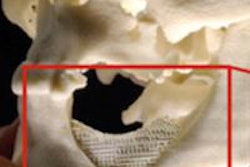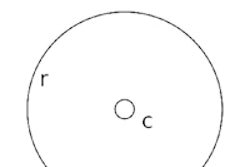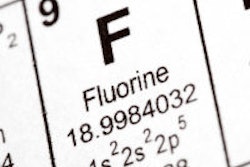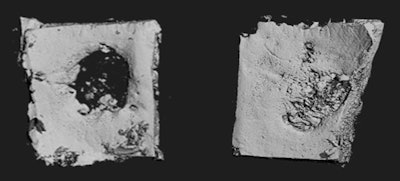
Researchers have created an implantable "bio patch" that regrows bone in a living body using existing cells, a process that has potential uses in dentistry, according to a new study in Biomaterials (January 2014, Vol. 35:2, pp. 737-747).
The patch, made by researchers at the University of Iowa (UI), regenerates missing or damaged bone by putting DNA into a nanosized particle that delivers bone-producing instructions directly into cells, according to a university press release. The particles are absorbed by bone cells already in the body, spurring new growth.
The patch has several applications for dentistry, including rebuilding bone in the gums for dental implants. It would particularly benefit patients who need implants and don't have enough bone in the surrounding area, according to Satheesh Elangovan, BDS, DSc, DMSc, an assistant professor in the UI's College of Dentistry and a joint first author of the study. It also can be used to repair birth defects where there is missing bone around the head or face.
The bone regeneration kit relies on a collagen platform seeded with particles containing the genes needed for producing bone. In experiments, the gene-encoding bio patch successfully regrew bone fully enough to cover skull wounds in test animals. It also stimulated new growth in human bone marrow stromal cells in lab experiments.
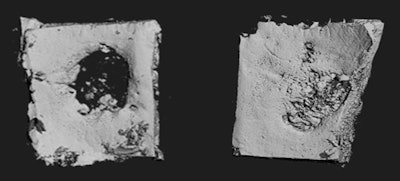 Researchers at the University of Iowa have created a bio patch to regenerate missing or damaged bone. The patch has been shown to nearly fully regrow missing skull, seen in the image above. Image courtesy of Dr. Satheesh Elangovan.
Researchers at the University of Iowa have created a bio patch to regenerate missing or damaged bone. The patch has been shown to nearly fully regrow missing skull, seen in the image above. Image courtesy of Dr. Satheesh Elangovan.The study is unique in that the researchers directly delivered bone-producing instructions (using pieces of DNA that encode for a platelet-derived growth factor called PDGF-B) to existing bone cells in vivo, allowing those cells to produce the proteins that led to more bone production. Earlier attempts relied on repeated applications from the outside, which is costly, intensive, and harder to consistently replicate.




